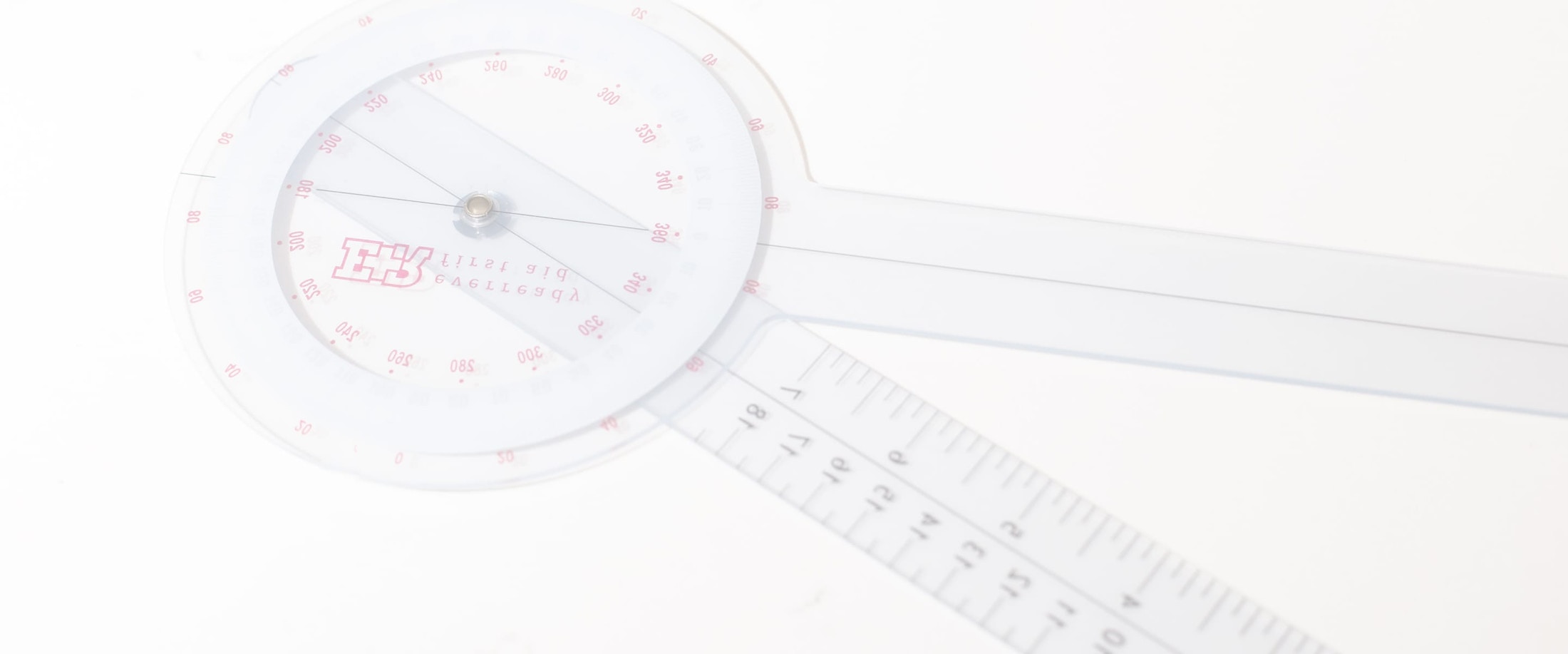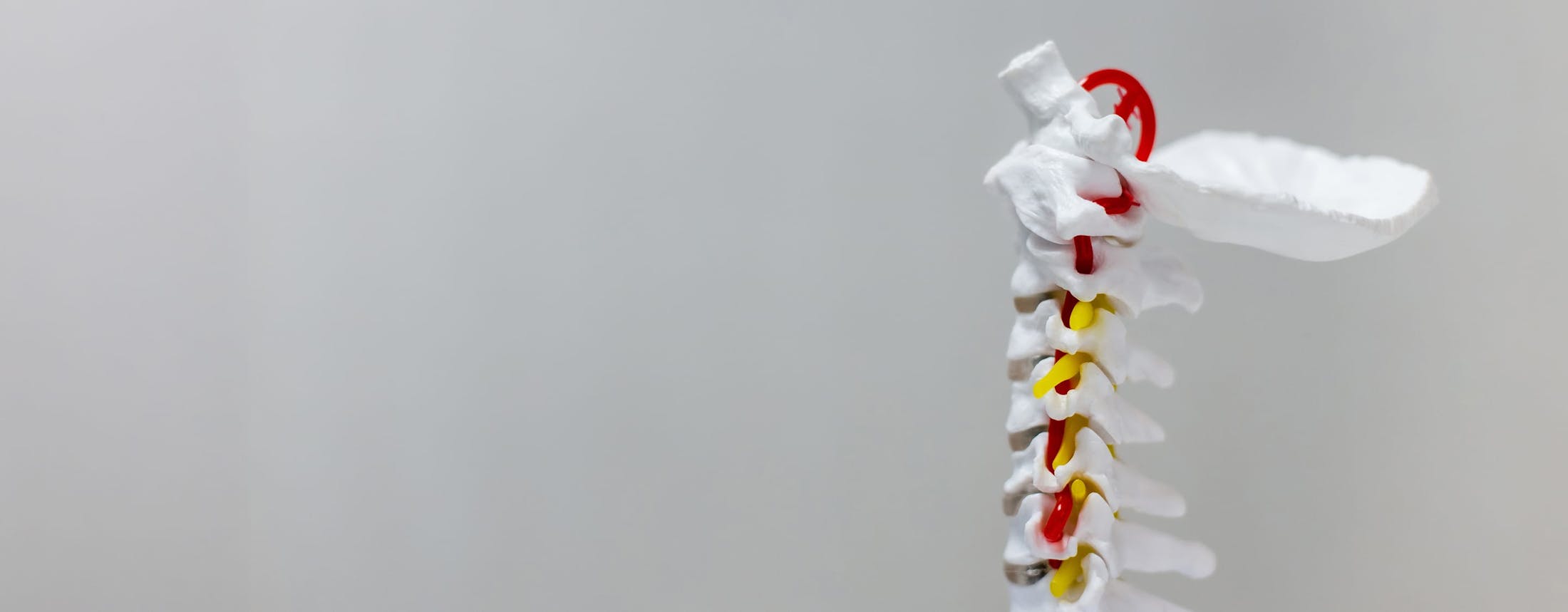The Spine or backbone provides support and stability to the body and helps to maintain body posture. The cervical or neck area is the upper part of the spine and is comprised of 7 vertebrae, the bones that make up the spinal column. These vertebrae are separated from one another by shock absorbing pads called intervertebral discs. Over time, the discs can wear out resulting in neck pain. Most of us, at some time in our lives, suffer from neck, shoulder, or arm pain. These disorders often occur as a result of disc abnormalities in the neck.
Diagnosis
Your doctor may recommend a few diagnostic imaging tests such as x-rays, magnetic resonance imaging (MRI) and computed tomography (CT or CAT scan) to confirm your diagnosis. Your physician may also perform a discography, a procedure to determine which intervertebral disc is the cause of pain. During discography, a special dye is injected into the disc; the affected disc is identified with the help of X-rays and CT scans.






